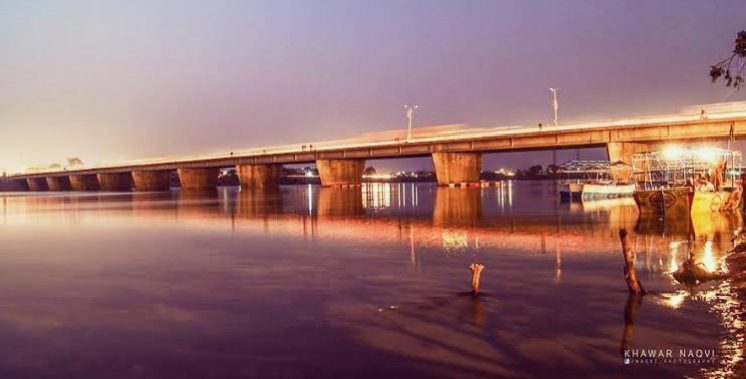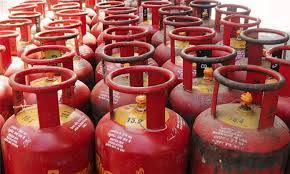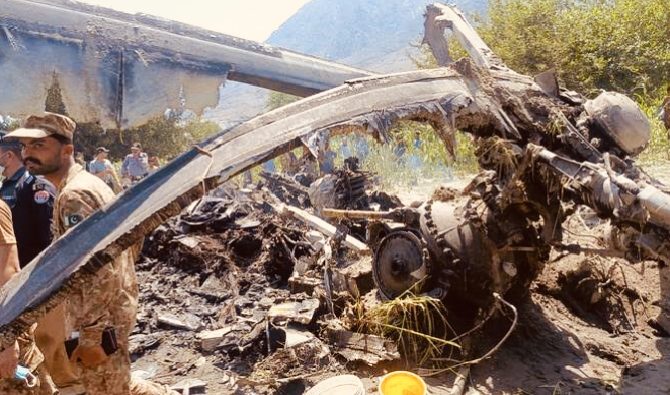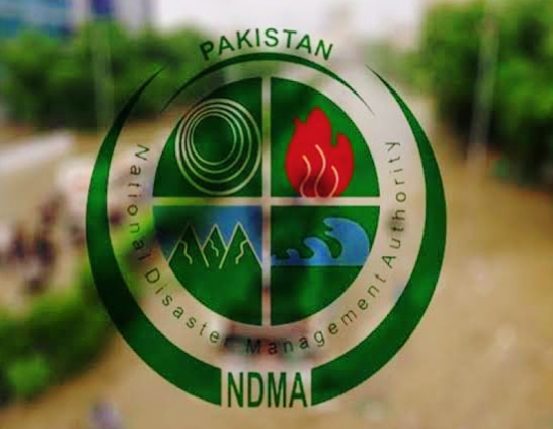Introduction
The Ravi River, known in ancient times as the Iravati, has been an important source of civilization and economy of the subcontinent. The river originates in the Himalayan mountain range and flows near Lahore in the heart of Punjab, where it joins the Chenab River. Not only has the river been important for agriculture and trade, but the devastating floods that occur from time to time have affected thousands of lives and settlements.
Origin and Flow of the Ravi River
The Ravi originates from glaciers near the Rohtang Pass in the Indian Himalayas. It travels a distance of about 720 km, of which about 320 km is in India and 400 km is in Pakistan. The river finally joins the Chenab River near Lahore.
The amount of water in the Ravi depends on two main factors:
- Melting water from the Himalayan glaciers (March to May)
- Monsoon rains (June to September)
These rains often cause severe flooding.
History of the canal system and treaties
The canal system during the British era
1878: The Upper Bari Doab Canal was built, which used the water of the Ravi for agriculture.
1917: The Lower Bari Doab Canal irrigated more areas.
Partition of India and the water dispute
After partition in 1947, India temporarily stopped the flow of water to Pakistan, which led to severe tensions between the two countries.
Indus Waters Treaty 1960
Under this treaty, brokered by the World Bank, the Ravi, Beas and Sutlej were given to India, while the Indus, Jhelum and Chenab were given to Pakistan. India subsequently built large dams and barrages on the Ravi, such as:
Ranjit Sagar Dam
Madhupur Head Works
Shahpur Kandi Dam (completed in 2024)
History of the Ravi River and floods
1992 floods
The prolonged monsoon of September 1992 wreaked havoc. About 2,500 people died and millions were affected. Thousands of settlements and farms were destroyed.
2011 Sahiwal Flood
The village of Nathwasli near the Ravi was completely submerged, leaving hundreds of people homeless.
2014 floods
Heavy rains in Kashmir and Punjab, India and Pakistan, caused the Ravi and other rivers to overflow their banks. 557 people died and thousands of villages were affected.
Sudden flood of 2023
40 villages on the banks of the Ravi were submerged after India released water, affecting about 48,000 people.
2025 devastating floods
The worst floods in Punjab since 1988. Due to heavy rains and water release:
More than 167,000 people were displaced
1,400 villages were submerged
15 people died
Shahdara, Farrukhabad and Safiqabad areas of Lahore were the worst affected
| Year | Event / Flood | Impact |
|---|---|---|
| 1878 | Upper Bari Doab Canal | Provides water for agriculture |
| 1917 | Lower Bari Doab Canal | Irrigates more land in Punjab |
| 1948 | Water withheld after partition | India–Pakistan tensions |
| 1960 | Indus Waters Treaty | Ravi to India; western rivers to Pakistan |
| 1992 | Devastating monsoon floods | ~2,500 deaths; millions affected |
| 2011 | Sahiwal village submerged | Hundreds displaced |
| 2014 | Major flood from rains | ~557 deaths; thousands affected |
| 2023 | Water released from India | ~48,000 affected |
| 2025 | Historic floods (since 1988) | 167,000 displaced; 1,400 villages submerged |
Final Reflection
The Ravi River has been a support for agriculture and civilization on the one hand, but also has a history of devastating floods on the other Changing climate conditions and water release from India’s dams have further increased the risks. Only integrated water management, modern flood warning systems and environmentally friendly measures can make Punjab and Pakistan safer in the future.








